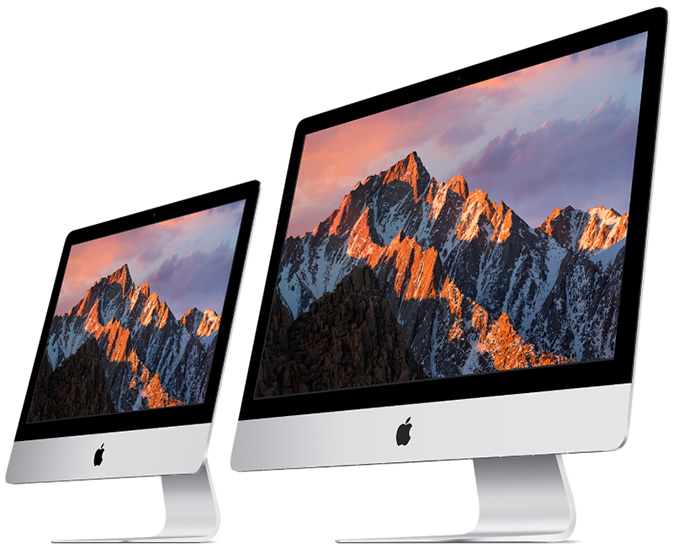


Appleīesides supporting up to 36 connected Thunderbolt devices - 36! - the Mac Pro also supports up to three 4K displays or six Thunderbolt displays. It was designed and built around powerful, user-replaceable parts, with a system architecture that emphasizes performance without bottlenecks, including PCI Express gen 3 for 40GBps bandwidth and for expandability, four USB 3 ports and six Thunderbolt 2 ports using three separate bus controllers. The Mac Pro is specifically aimed at those who need workstation-class performance, and aren't afraid of workstation-class prices. At this level, potential customers - businesses and universities included - are expecting a high-performance machine, which is exactly the territory of the Mac Pro. Neither the Mac Pro or the 5K Retina display iMac was designed with your average customer in mind starting at $2999 and $2499, respectively, the price alone dictates that these computers are beyond the budget for most buyers. Susie OchsĪpple's new 5K Retina iMac running Final Cut Pro. With the arrival of the Mac Pro last year, and the introduction of the iMac with 5K Retina display in October, what once was an obvious decision is now muddied with tradeoffs.
#Imac 5k vs mac pro for video editing professional#
Nowadays, the line between consumer and professional hardware is blurrier than ever. The deliberate compartmentalization of prices and features clearly dictated which laptop or deskop machine was right, with minimal overlap between the categories.īut as Apple expanded its line-up, and as technology became faster and more efficient, overlap became unavoidable. There used to be a time when the gap between Apple products made choosing the right computer obvious and easy.


 0 kommentar(er)
0 kommentar(er)
